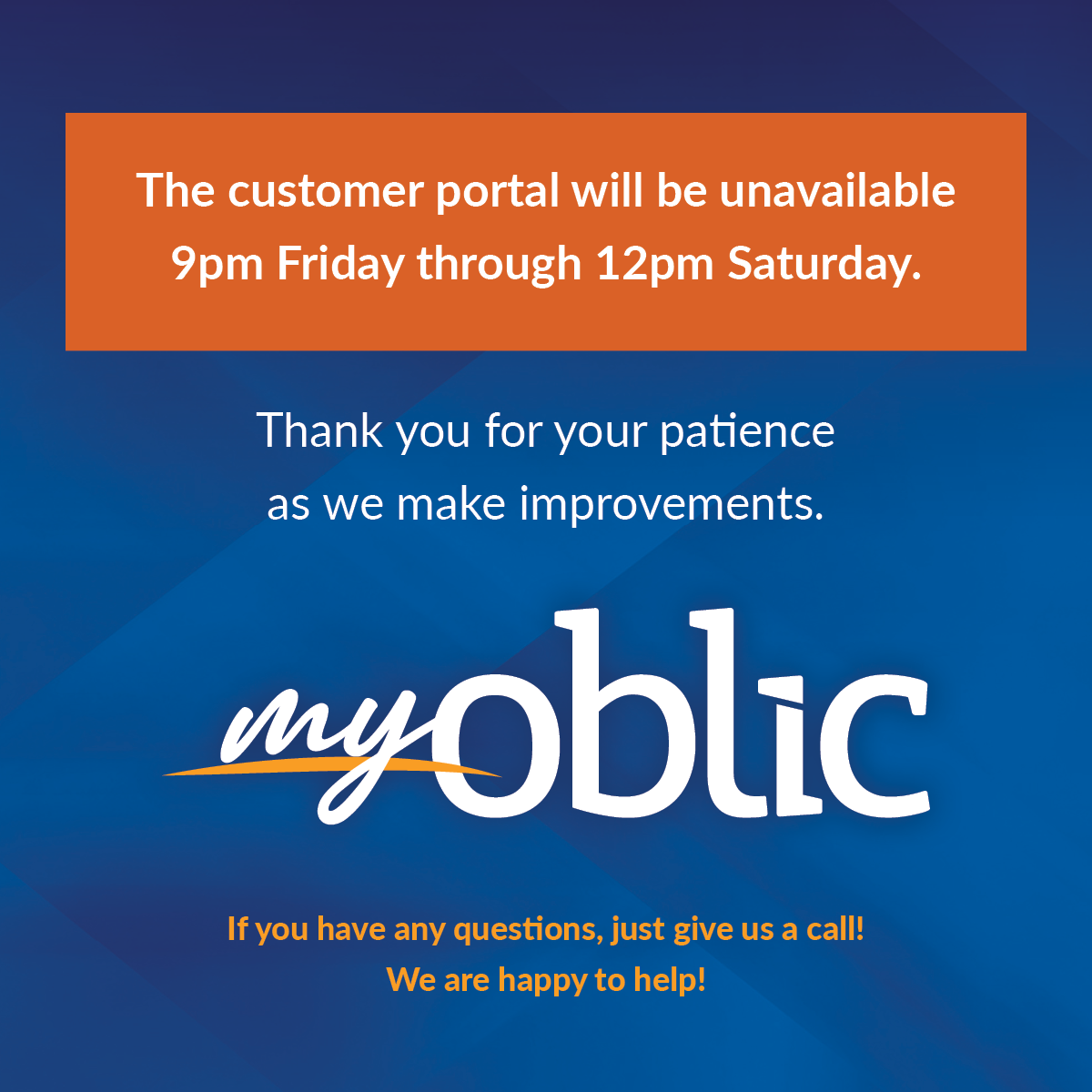With many Ohioans receiving vaccines for COVID-19, courts are proceeding in various formats. The Ohio Supreme Court announced that it will continue to hold oral argument court sessions via videoconferencing at least through the end of June 2021. Many Ohio courts have also adopted Local Court Orders in response to COVID-19. If you do not find a listing for your local court online, please contact your local court directly to determine how they are conducting their daily activities.
Additional Coronavirus Resources can be found on the Supreme Court of Ohio website. This includes information on evictions and foreclosure and CLE credit for attorneys who serve as poll workers during the May 4, 2021 Primary Election. See also FAQs CLE Credit for Attorneys who Serve as Poll Workers May 4, 2021. The Ohio State Bar Association COVID-19 Resource Directory also provides useful information, including links to legislative resources, such as the COVID-19 Immunity Legislation and a checklist for Reopening your Office/Bringing Employees Back to the Office.
Perhaps the most important reminder is to continue to keep in touch with your clients – in fact, it is your ethical duty to keep them timely apprised of developments during your representation. During these pandemic times when we may not be meeting with clients in person, it is especially significant to let them know you are there for them and how you can and are assisting them. If you haven’t taken the opportunity to reach out to current and former clients lately – now is a good time to check on them. See The Value of Client Communication and Effective Client Communication.


